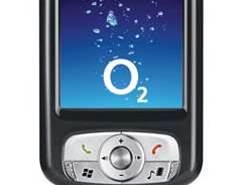
NTT DoCoMo's proprietary i-mode is very popular in Japan, but it is a closed system which cannot access regular web pages and requires specialised handsets.
O2 signed up big name companies like eBay, BAA and Interflora to develop websites for the service, but the system lacked widespread support and 2G and 3G users were unwilling to invest in competing handsets.
An O2 spokeswoman confirmed that the operator will continue to support i-mode for the next two years, but will not be selling any more i-mode handsets.
"The service has proved successful with rich content and high satisfaction among users. However, a limited range of devices has restricted its growth and we do not see that changing," she said.
John Delaney, a principal analyst at Ovum, said in a note to clients: "In the i-mode business model, operators keep only a small amount of content revenue and make most of their money by charging for data network usage.
"But regular users of the internet on mobiles will become increasingly dissatisfied with 'having the meter running' while they surf, and the trend is already moving in favour of flat-rate data tariffs."
O2 is not the only company having problems with i-mode. Australian operator Telestra announced yesterday that it will drop its i-mode service, also citing low take up of services.

.png&h=140&w=231&c=1&s=0)


_(22).jpg&h=140&w=231&c=1&s=0)





 iTnews Executive Retreat - Security Leaders Edition
iTnews Executive Retreat - Security Leaders Edition












_(1).jpg&h=140&w=231&c=1&s=0)



